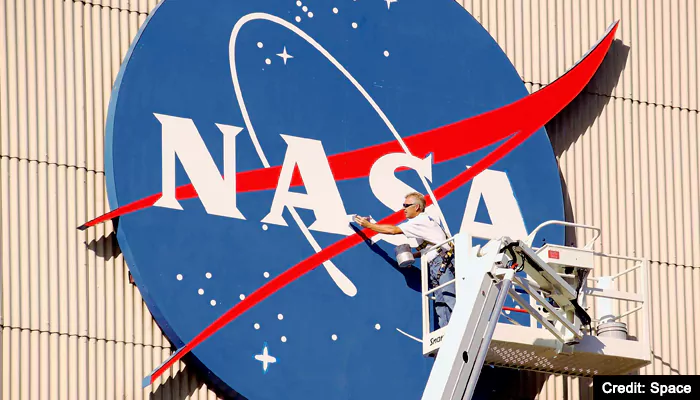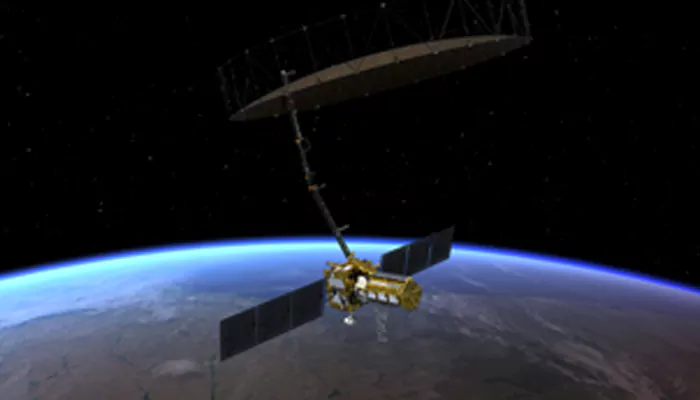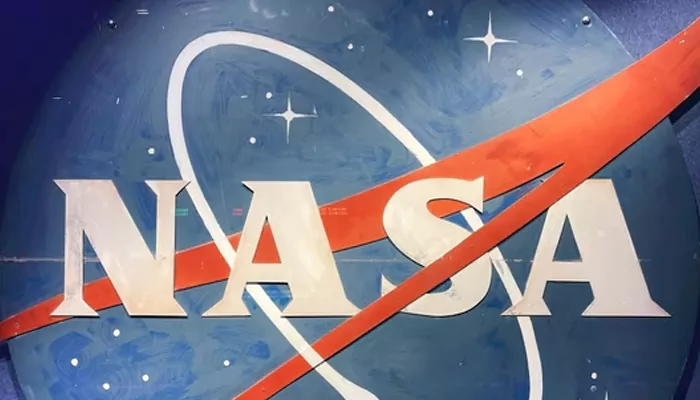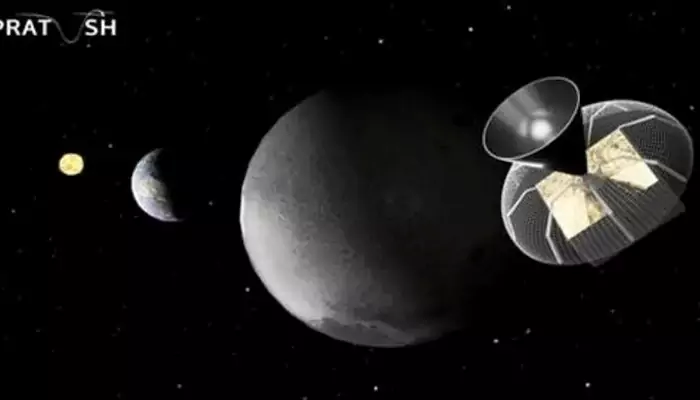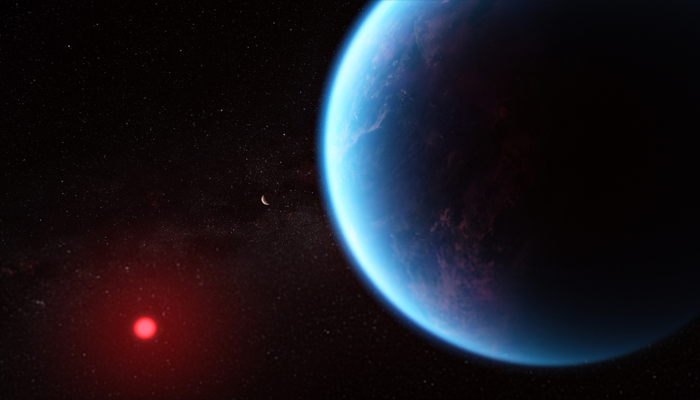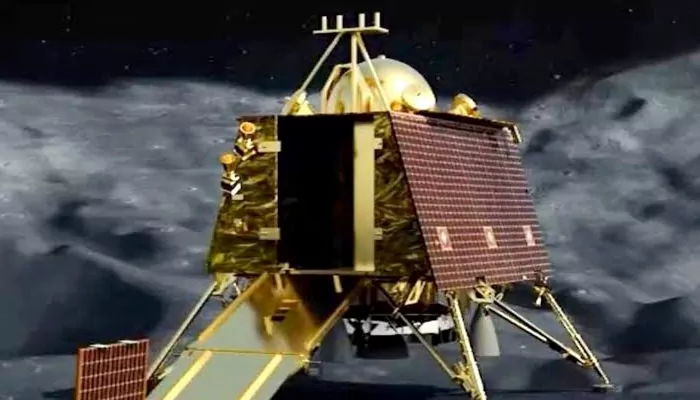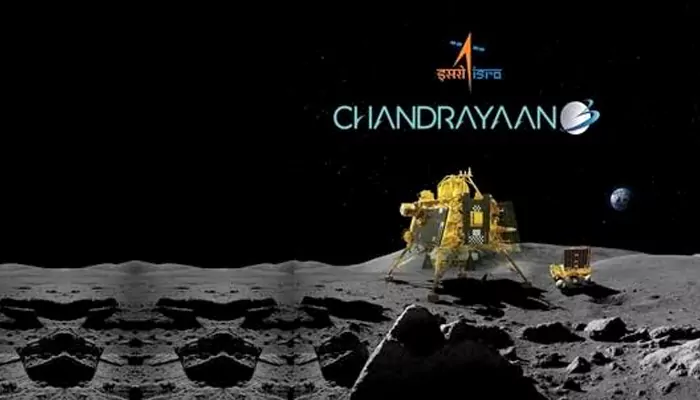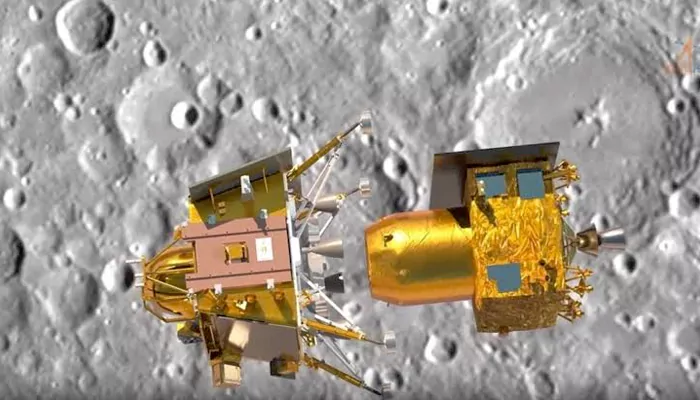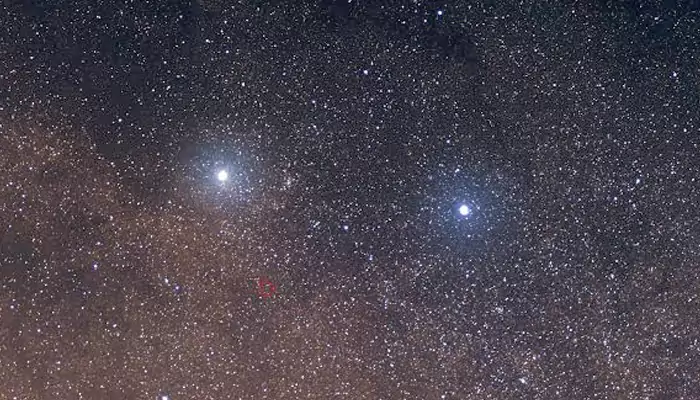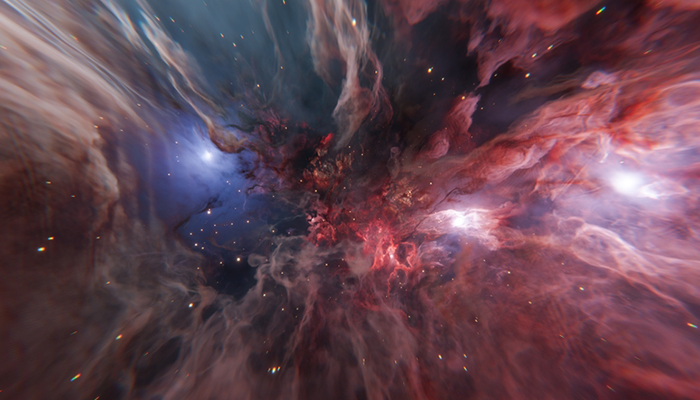
Here are today’s most important updates from the realm of Science and Space.
Indian Women Officers Reach Point Nemo, Earth’s Most Remote Location
#NavikaSagarParikrama_II#NSPIIUpdates#INSVTarini charts through the world’s most isolated waters!
— SpokespersonNavy (@indiannavy) January 30, 2025
Lt Cdr Dilna K & Lt Cdr Roopa A cross Point Nemo - the Oceanic Pole of Inaccessibility. A testament to resilience, courage & the spirit of adventure.
Fair winds & following… pic.twitter.com/CvcEegoAjF
Credit - X/@indiannavy
Indian Naval Sailing Vessel (INSV) Tarini, with two women Navy officers on board, has crossed Point Nemo during its global circumnavigation. Point Nemo is the most remote location in the ocean, farthest from any land. The voyage is part of Navika Sagar Parikrama II, an Indian Navy expedition aiming to complete a double-handed circumnavigation of the world via the three Great Capes. Located in the Pacific Ocean, Point Nemo is over 1,600 miles from the nearest land. Positioned between New Zealand and Antarctica, it is so remote that astronauts on the International Space Station are often the closest humans. Officially known as the Oceanic Pole of Inaccessibility, Point Nemo was identified in 1992 by Hrvoje Lukatela, a Canadian-Russian engineer.
Solar System’s Hidden Powerhouse: More Energy Produced Than Earth's Entire Grid
Our #JunoMission has observed the powerful volcanic event ever recorded on the most volcanic world in our solar system, Jupiter's moon Io: https://t.co/UwDYn6btxL pic.twitter.com/YPEOGPyjTP
— NASA Solar System (@NASASolarSystem) January 28, 2025
Credit - X/@NASASolarSystem
NASA’s Juno spacecraft, orbiting Jupiter and its moons, has detected the most powerful volcanic activity in the Solar System. The volcanic hot spot is located in the Southern Hemisphere of Jupiter’s moon Io. The volcanic region belches out eruptions six times the total energy of all the world’s power plants. The hot spot is larger than Earth’s Lake Superior, spanning over 82,103 square kilometres. About the size of Earth’s Moon, Io is extremely close to the mammoth Jupiter and its elliptical orbit whips it around Jupiter once every 42.5 hours. Meanwhile, Io has close to 400 volcanoes on its surface.
Doomsday Clock Hits Alarming Milestone: Closest Ever to Global Destruction

The Bulletin of the Atomic Scientists set the time at 89 seconds to midnight – the closest it has ever been. The Doomsday Clock, prepared by Physicists like J. Robert Oppenheimer and Albert Einstein, represents how close humanity is to global disaster. During the Cold War, the Doomsday Clock was first created in reaction to the nuclear danger. The Bulletin's Science and Security Board, which is made up of professionals from a variety of disciplines, meets annually to discuss environmental catastrophes, technological developments, and geopolitical tensions and determine whether the minute hand will advance toward or away from midnight. The Doomsday Clock's latest setting serves as a stark reminder that urgent, collective action is required to reduce the growing risks to global security and survival.
Climate Alarm: Oceans Heat Four Times Faster Than in the 1980s, Study Warns
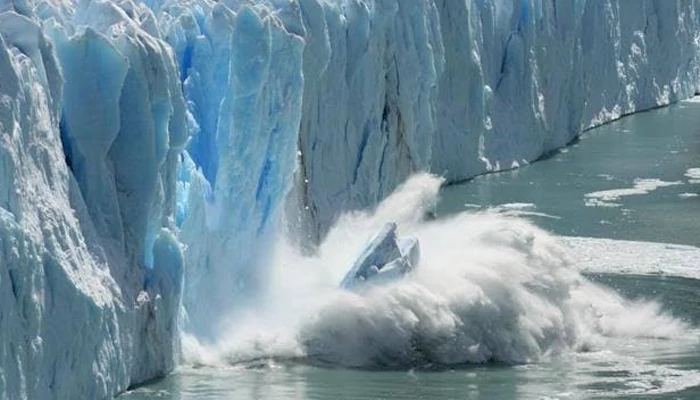
A new study has found that the rate at which oceans are warming has become four times faster as compared to the last four decades. As per recently published data, the ocean temperatures are rising at 0.27 degrees Celsius per decade during 2019-23, compared to 0.06 degrees Celsius every decade in the late 1980s. The research team has confirmed that the accelerated warming of oceans is driven by a growing imbalance in the Earth's energy -- whereby energy from the Sun being absorbed by Earth is more than that escaping back to space. The energy imbalance has roughly doubled since 2010, partly due to increasing levels of greenhouse gas.

